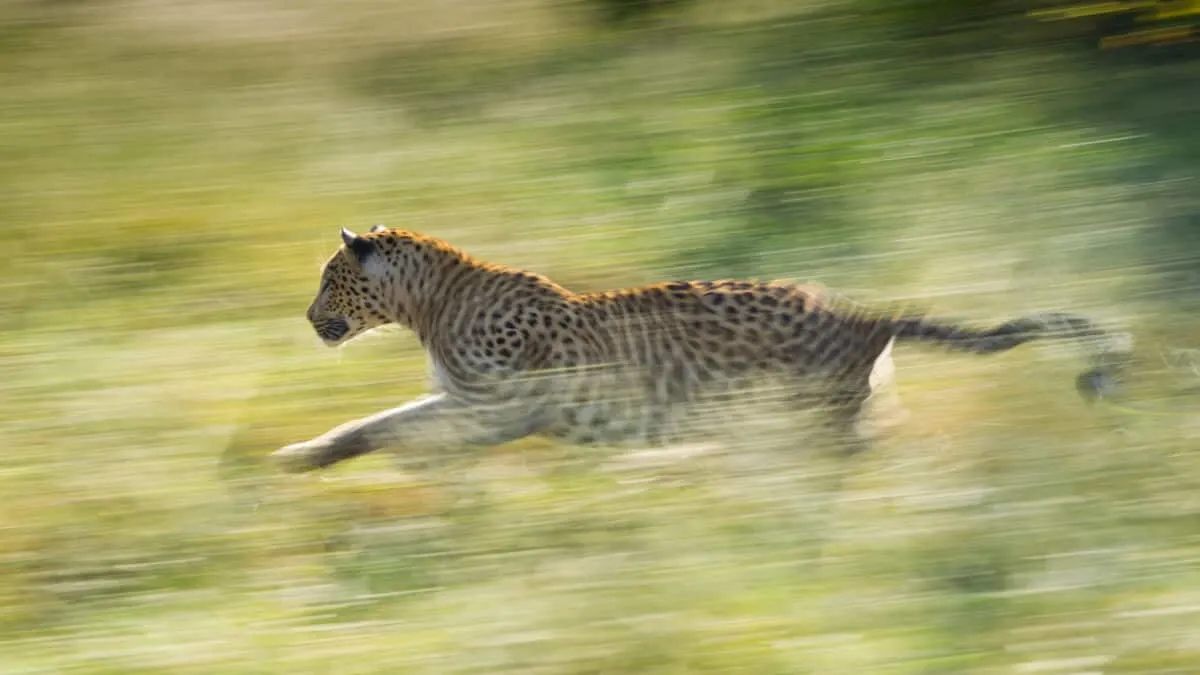In the vast tapestry of the animal kingdom, speed emerges as a critical element for survival, an evolutionary advantage that aids in pursuits and escapes. Among the array of creatures inhabiting our planet, some stand out for their extraordinary velocities, showcasing a prowess that is both fascinating and essential to their existence.
Peregrine Falcon
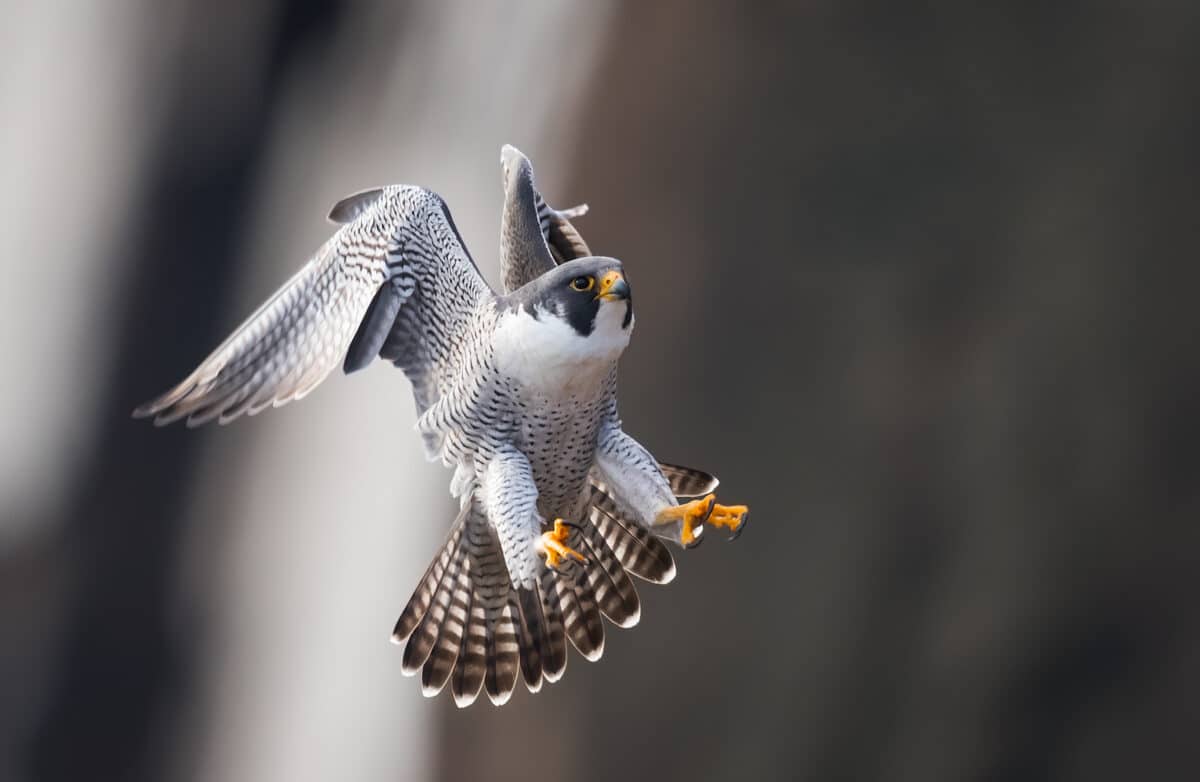
At the pinnacle of the speed hierarchy is the Peregrine Falcon (Falco peregrinus), an avian marvel found on nearly every continent except Antarctica. Inhabiting diverse landscapes from mountains to coastlines, these falcons boast an unparalleled diving speed that can exceed a mind-boggling 240 miles per hour (386 kilometers per hour). This incredible speed is not merely a display of prowess; it’s a precise hunting tool, allowing peregrine falcons to execute mid-air dives to capture other birds with unparalleled precision.
Cheetah
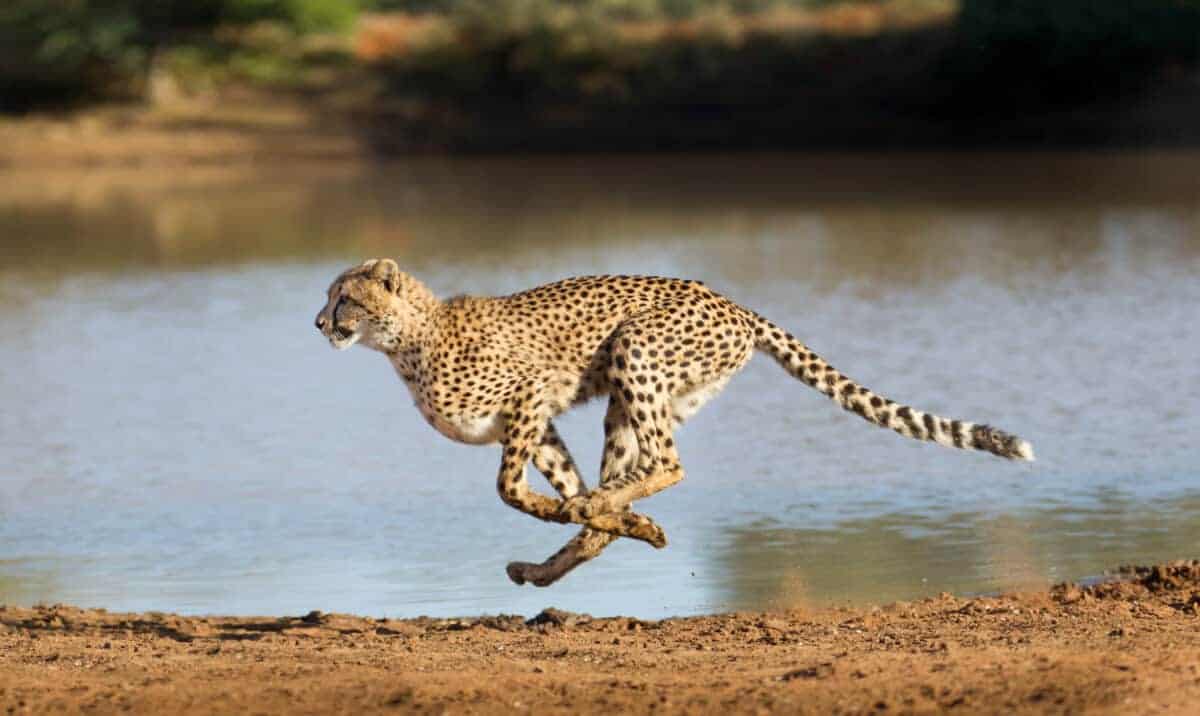
Venturing into the grasslands and open savannas of Africa and Iran, the Cheetah (Acinonyx jubatus) is another speed virtuoso. Recognized for its explosive acceleration and top speed, cheetahs can reach up to 75 miles per hour (120 kilometers per hour). This remarkable speed is a product of evolution finely tuned for the chase. Cheetahs use their unmatched swiftness to pursue and ambush prey, primarily focusing on small to medium-sized ungulates like gazelles.
Sailfish
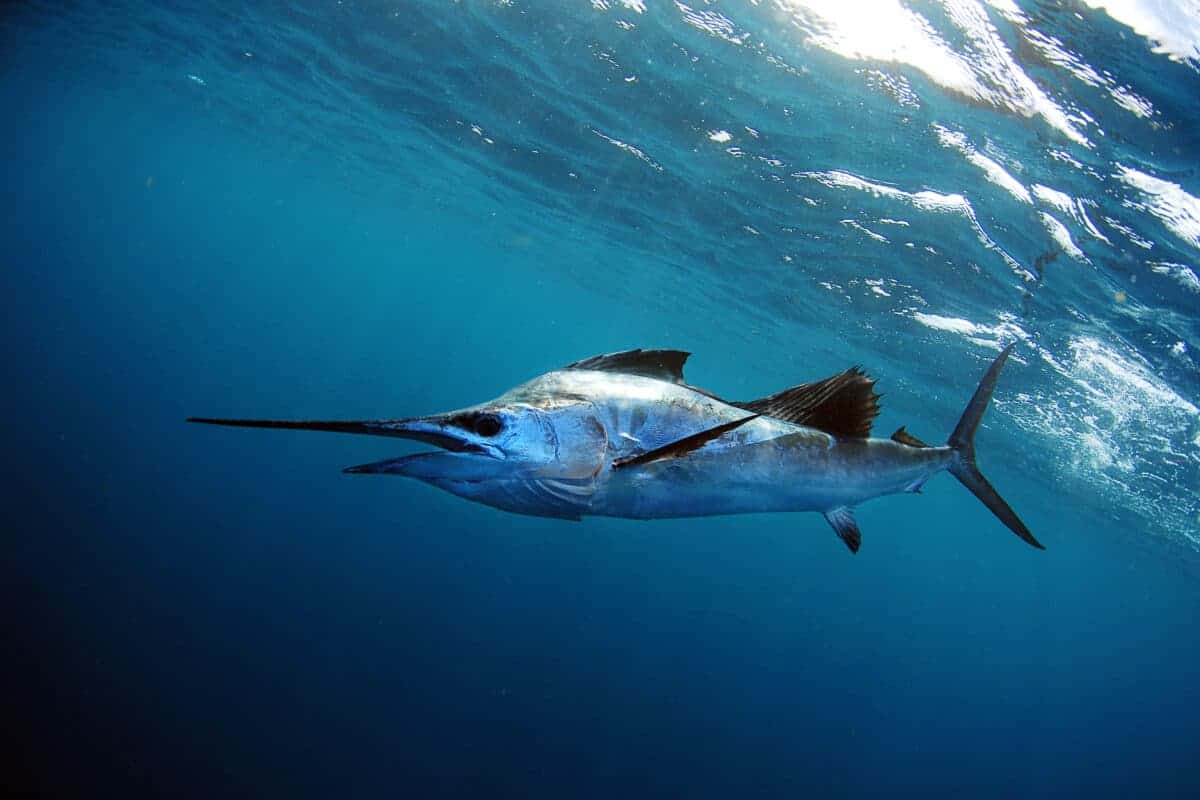
Beneath the waves, the Sailfish (Istiophorus platypterus) reigns as the fastest fish in the ocean. Inhabiting the warmer waters of the Atlantic and Pacific Oceans, sailfish can achieve speeds of up to 68 miles per hour (110 kilometers per hour). This underwater velocity is a crucial asset in their pursuit of schools of smaller fish. Sailfish deploy their long, slender bills to slash through the water and capture prey in a high-speed spectacle.
Pronghorn

On the North American continent, the Pronghorn (Antilocapra americana) showcases its exceptional speed across diverse landscapes, from grasslands to deserts. The second-fastest land animals, pronghorns can sprint at speeds around 55 miles per hour (88 kilometers per hour). This swift agility is a survival strategy, enabling pronghorns to outpace predators like coyotes and wolves, ensuring their escape from potential threats.
Brazilian Free-Tailed Bat
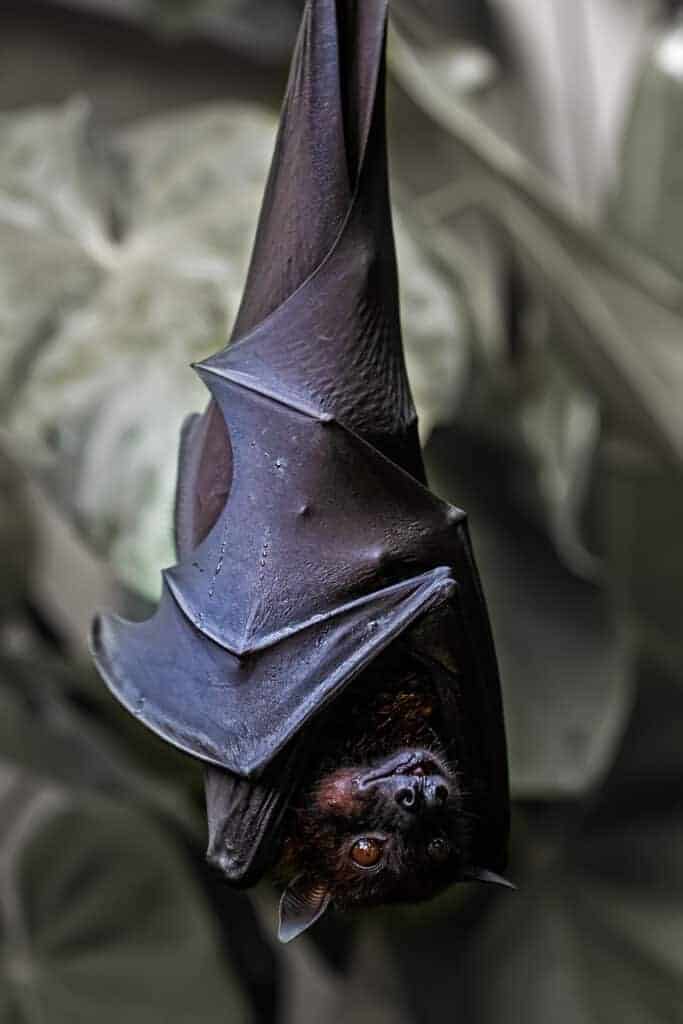
Taking to the night skies, the Brazilian Free-Tailed Bat (Tadarida brasiliensis) claims the title for the fastest horizontal flight speed among birds and mammals. Roosting in caves, trees, and man-made structures across the Americas, these bats reach speeds of approximately 99 miles per hour (160 kilometers per hour). The speed is a crucial adaptation for their nocturnal hunts, allowing them to snatch insects in mid-air with unmatched precision.
Each of these animals, whether soaring through the air or racing across landscapes, exemplifies the intricate dance between adaptation and survival. Speed, honed through millennia of evolution, becomes not just a trait but a masterful tool that defines the prowess of these remarkable creatures in the intricate web of the natural world.
Join our Forum for free today!

- Elderly Man Kills Grizzly Bear in Montana - July 22, 2024
- Missing Cat Found Weeks Later, 40 Miles Away - July 21, 2024
- The Fastest Animal on Earth: So, How Quick Are Cheetahs? - July 21, 2024

